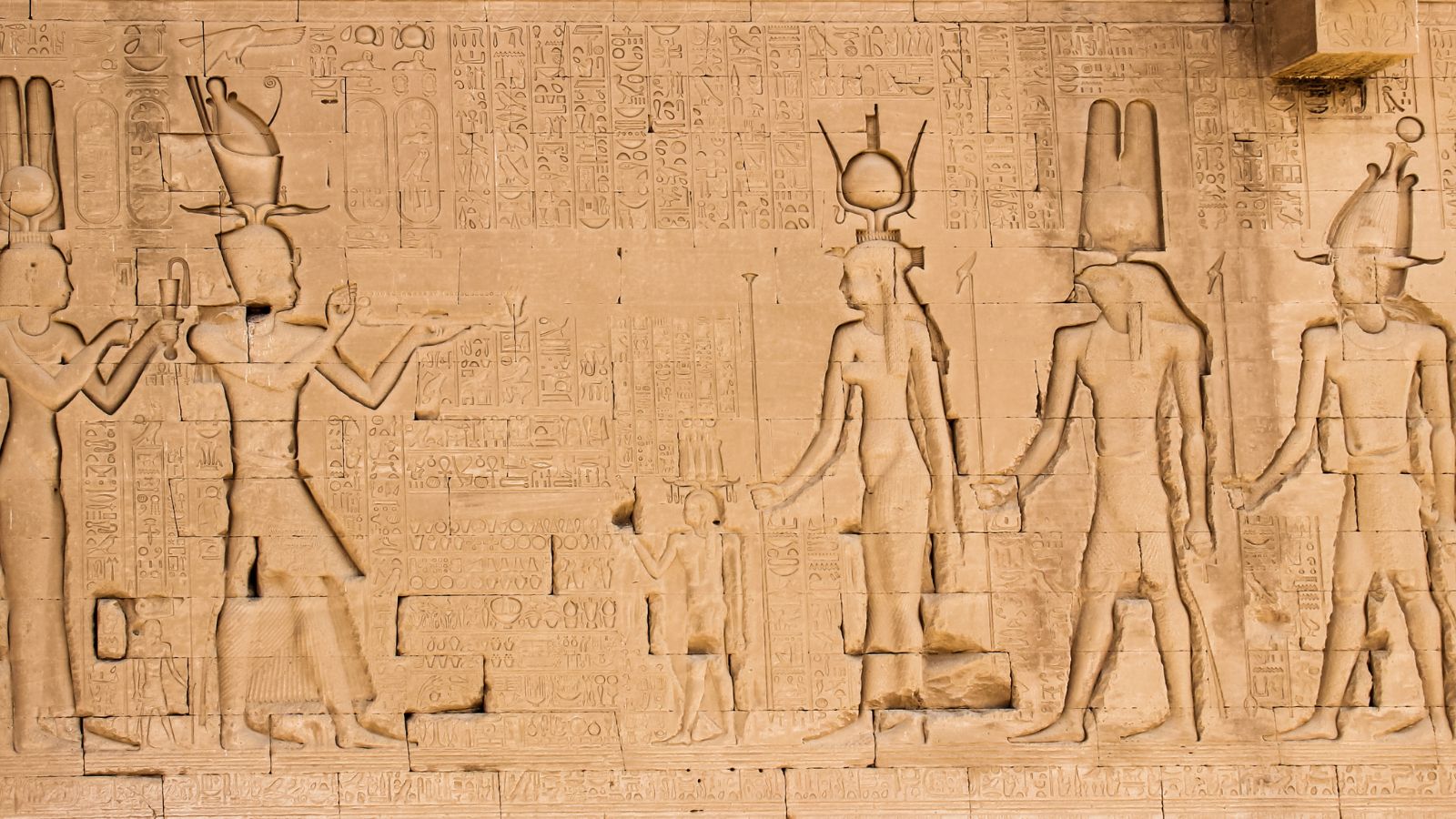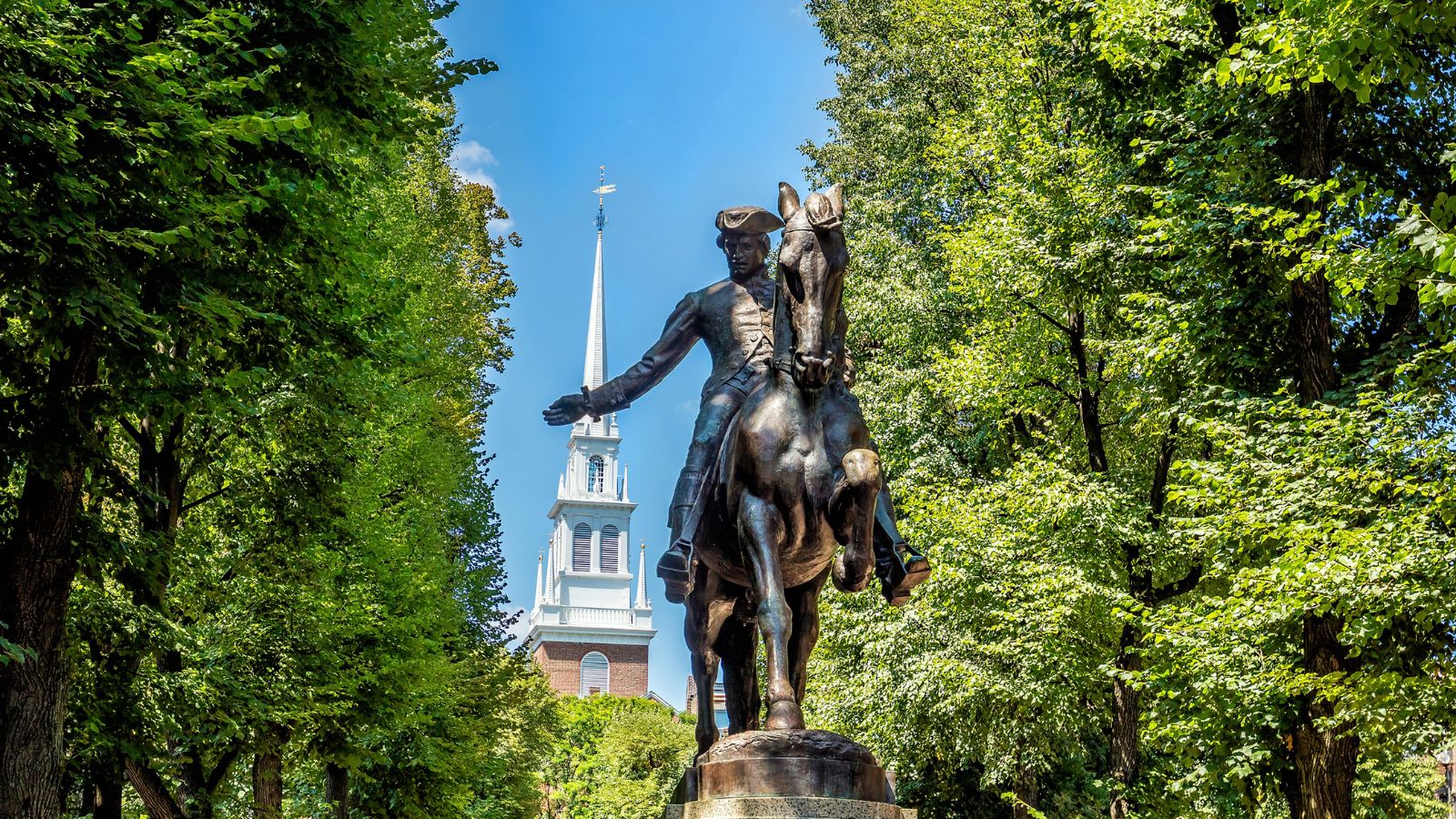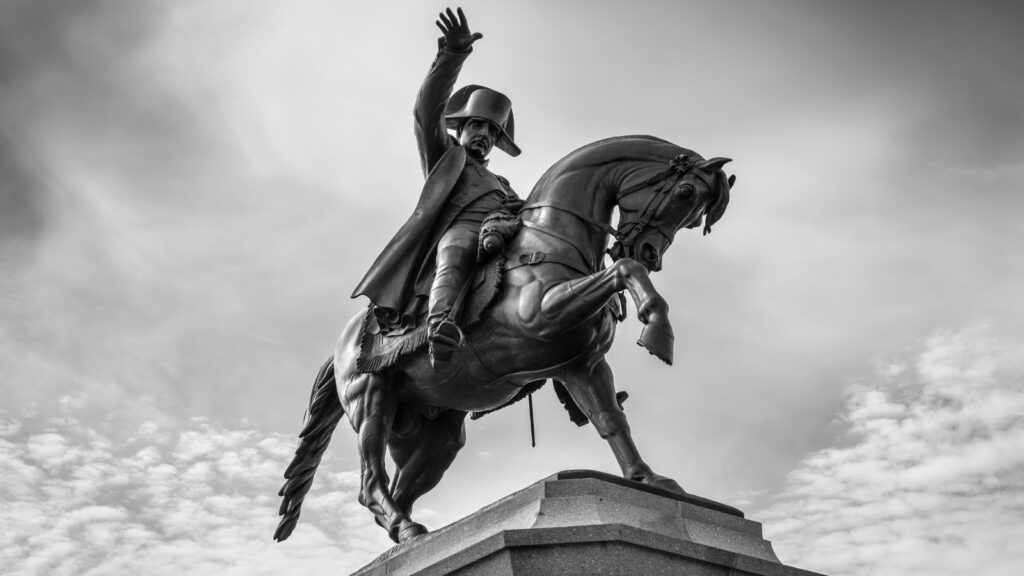The story of human history is intricate and layered, but it’s also filled with misconceptions that have been mistaken for truth over the years. Many of these legends and inaccuracies have become so embedded in our collective consciousness that they are often accepted as historical facts. In this article, we’ll uncover 19 of the most commonly believed historical myths and reveal the real stories behind them.
Vikings Wore Horned Helmets

According to Smithsonian Magazine, “there is no sign that Vikings really wore horned helmets,” and the popular image isn’t supported by archeological evidence but is the result of 19th-century romanticism of the Viking Age. In reality, Vikings wore practical, cone-shaped helmets made from iron or leather.
Marie Antoinette Said, “Let Them Eat Cake”

The queen of France is said to have uttered this phrase during the French Revolution in response to a plea for bread from her starving subjects. Britannica claims there’s no evidence that Marie Antoinette ever showed such heartlessness, and it’s likely that the revolting peasants fabricated the story as propaganda to fuel anger toward the monarchy.
Christopher Columbus Discovered America

The idea that Columbus discovered America in 1492 is a Western-world simplification that ignores the Indigenous peoples who had inhabited the continents for thousands of years. According to Forbes, the first Europeans to reach the Americas were Vikings led by Leif Eriksson, who landed in Newfoundland almost 500 years before Columbus arrived.
Witches Were Burned at the Stake in Salem

The witch trials that occurred in Salem, Massachusetts, in 1692 are often mistakenly believed to have ended with the burning of convicted witches at the stake. History.com reveals that, despite artists’ depictions, none of the 20 people executed were burned at all; 19 were hung, and 1 was crushed to death with heavy stones.
Napoleon Bonaparte Was Short

The Washington Post reports that the military leader was of average height (5’7″) for a French man of the time. British propaganda, confusion between French and British measurement units, and modern increases in average heights contributed to the myth—plus his men affectionately nicknamed him “Le Petit Caporal,” which hasn’t helped either!
The Iron Maiden was a Medieval Torture Device

This iron cabinet with inward-facing spikes is often believed to have been used to torture victims in the Middle Ages. Yet, Live Science writes, “The widespread medieval use of iron maidens is an 18th-century myth, bolstered by perceptions of the Middle Ages as an uncivilized era.” Historians now believe that iron maidens were entirely fabricated or greatly exaggerated.
Albert Einstein Failed Mathematics

No, the greatest theoretical physicist of all time did not fail mathematics! HowStuffWorks says Einstein himself refuted this claim, stating he had mastered extremely complex mathematical calculus by the age of 15. The myth likely stems from his dislike for rote learning and rejection of the authoritarian teaching methods he was schooled with.
Julius Caesar Was Born by Cesarean Section

The only link between the famous Roman leader and cesarean sections is in name only. The procedure pre-dates Caesar but was only performed on dead or dying women at the time to save the unborn child. The term may derive from the Latin word “caesus” (meaning “cut”), but according to historical records, Caesar himself was born naturally.
The Signing of the Declaration of Independence on July 4th

Common belief is that the Declaration of Independence was signed on July 4th, 1776. In reality, the Continental Congress voted for independence on July 2nd and approved the document on July 4th. National Geographic confirms that the signing didn’t occur until August 2nd of that year and that, even then, some delegates didn’t sign it until much later.
Lady Godiva’s Naked Horseback Ride

Unfortunately, the story of Lady Godiva’s protest ride through the streets of Coventry dressed only in her long hair is likely to be a fairy tale. The legend goes that she wished to peacefully protest against her husband’s oppressive taxation laws, but there is little evidence for such an event. However, Lady Godiva did live in the 11th century and was a kind and charitable figure.
The Witch Hunt Era Was a Medieval Practice

Many people wrongly associate the cruel and unfounded hunting of ‘witches’ as a dark horror of the Middle Ages, but they were actually most common from the 15th to 18th centuries, hundreds of years later, as per The Collector. Driven by fear and superstition, an estimated 40–60,000 people were falsely executed in Europe (particularly Germany) and the New Americas.
Benjamin Franklin Conducted His Kite Experiment Alone

The story goes that Benjamin Franklin flew a kite in a thunderstorm to prove that lightning is electrical, but it’s unlikely that he conducted such a dangerous experiment alone. It’s far more likely that he proposed the concept as a ‘thought experiment’ or conducted it with others under much safer conditions than the legend suggests.
Slaves Built the Pyramids

Discover Magazine reports that the great pyramids of Egypt were not built by slaves whipped by cruel overseers (as commonly depicted) but by paid laborers. The construction’s sacred nature and grand scale required skilled artisans and craftsmen who were fed well and housed so they could complete the strenuous and difficult work.
The Dark Ages Were a Time of Universal Ignorance

Many people believe that, before science illuminated the world’s great mysteries, everyone was effectively ‘stupid.’ Although medieval scholars lacked the scientific equipment and methods that have developed since the “Dark Ages,” they were still capable of significant leaps in understanding, and their work was important to the success of future academics.
Cleopatra’s Egyptian Heritage

Cleopatra VII wasn’t of Egyptian descent. She was the last ruler of the Ptolemaic dynasty, a Macedonian Greek royal family descended from Ptolemy I, a general of Alexander the Great who was made ruler of Egypt after his army conquered it in 323 BC. The myth likely arose from Cleopatra being the first of her line to embrace Egyptian culture and practices.
The Flat Earth Belief in Columbus’s Time

The myth that Christopher Columbus set out on his voyage of exploration to prove to European skeptics that the earth was round (not flat) is entirely false. History Today reveals that educated scholars were aware that the earth was round when Columbus set sail in 1492. The debate was actually over the size of the globe, not its shape.
Paul Revere Shouted, “The British Are Coming!”

The famous midnight ride of Paul Revere on the eve of the battles of Lexington and Concord was a pivotal moment in American history, but no evidence supports the idea that he shouted, “The British are coming!” The secrecy required and the fact that many colonists still considered themselves British make the tale implausible.
Gladiators Always Fought to the Death

Roman gladiators may have been fatally wounded or killed in the arena, but they typically fought until ‘first blood’ or until one combatant surrendered. Gladiators were valuable, extensively trained, and beloved commodities, so killing them off wouldn’t have been the preferable outcome. The myth likely comes from the sensationalism of such events in historical records.
The Library of Alexandria was Instantaneously Destroyed

One of the greatest repositories of knowledge in the ancient world, the Great Library in Alexandria, Egypt, is often thought to have been destroyed by a natural disaster or by Roman or Muslim military invasions. Yet evidence suggests that the library’s decline was gradual, resulting from a series of political and religious events and civil unrest over many years.







